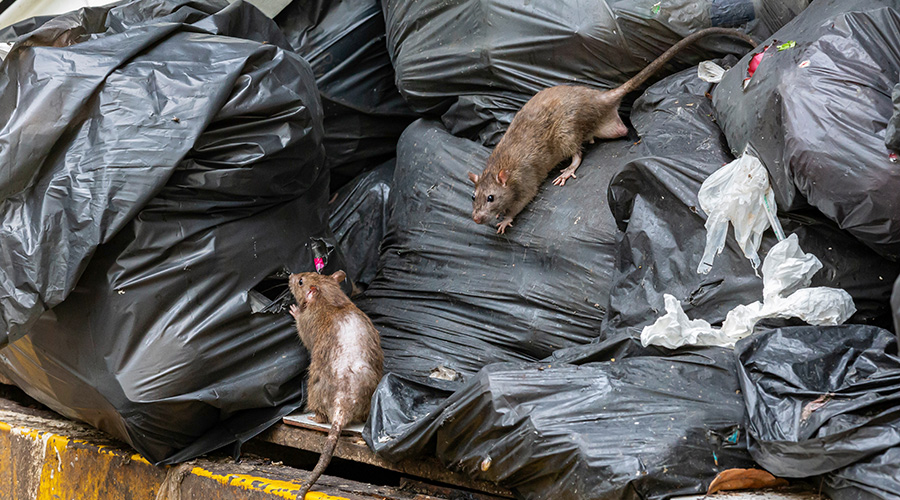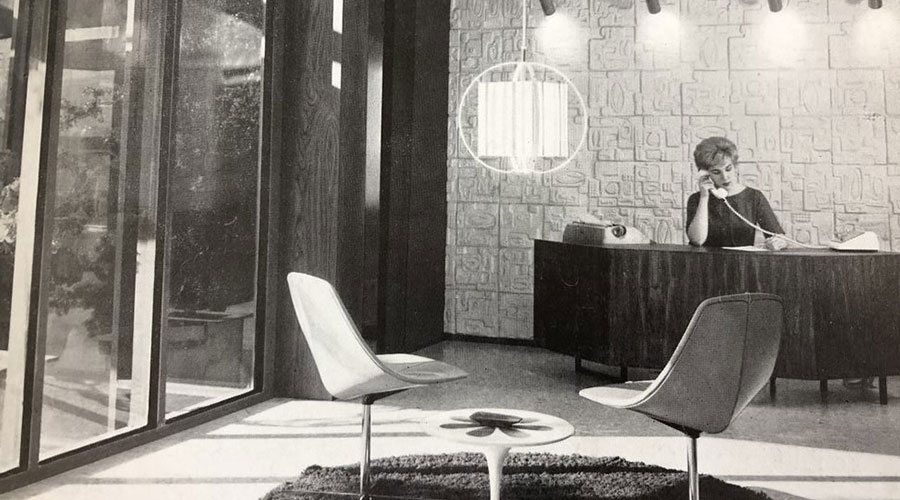Managers discuss reactive, preventive and predictive maintenance strategies

Sean Arnold,
Director of Facilities,
Maintenance
and Security,
Hernando County
School District,
Brooksville, Fla.
|

Patrick Pizzo,
Assistant to the Superintendent
for Administration and
Special Projects,
East Meadow Schools,
Westbury, N.Y.
|

Joe Amico Sr.,
Manager of Plant Operations,
Parkland
Medical Center,
Derry, N.H.
|
Maintenance and engineering managers work endlessly to develop a more efficient, cost-effective strategy for their departments. While some departments still might operate in a reactive mode, many others have implemented some or all of the concepts of preventive or predictive maintenance. In this roundtable discussion, managers discuss successes and ongoing challenges in using these strategies to make their departments more cost-effective and productive.
Reactive, preventive, or predictive: Describe your department's current approach to maintenance.
ARNOLD: All three of them fit, but we try to be more preventive than anything else. We have to address reactive and preventive, and we like to be predictive. But we do strive to have a higher percentage of preventive and predictive maintenance over reactive.
AMICO: We utilize a reactive and preventive approach. Critical medical, life safety, process control, and utility and auxiliary service equipment are under a preventive maintenance program, documenting the maintenance performed. The documentation is categorized and saved according to the manner in which a staff member utilizes an electronic work-order page to submit work orders for miscellaneous requests. Corrective and reactive work orders are generated through inspections and when breakdowns occur.
PIZZO: Our current approach is preventive maintenance. Being proactive in regard to maintenance generates a net operational savings and better indoor environmental quality. We definitely see a decrease in work orders the more we adhere to preventive maintenance. We also see a decrease in air-quality complaints because a lot of preventive maintenance for us is filter changes.
What changes in management have you made to reach that level?
PIZZO: The focus of our staff is getting ahead of issues. Being reactive costs more to address and impacts the comfort of building occupants. Head custodians need to realize the impact of preventive maintenance and be part of the solution. Maintenance supervisors need to focus on maintaining the equipment already in place. As machinery is addressed on the schedule, generated work orders decrease, as do costs associated with reactive repairs that could have been avoided. Ultimately, it's not the job of administration, building-level custodians or trades people exclusively. It's all of these entities working and taking ownership of their roles.
ARNOLD: There have been a lot of changes over the years in staffing, due to decreased budgets, and that can hurt an operation. With these reductions, it was important to increase the training of existing staff. That included cross-training so not just one person is relied upon. We have others, in case there were further reductions or retirements. There's no greater asset to an operation than an efficient, well-trained staff, and that definitely helps us to reach higher levels of maintenance.
What changes in technology have you made to reach that level?
ARNOLD: We have used infrared (imaging technology). We utilize it for predictive maintenance. In all of our PMs (preventive maintenance tasks), we try to utilize that for electrical and roofing inspections. Those are probably the two primary areas. The computerized maintenance management system has been a crucial component to our operations, with its ability to track costs, schedule PMs, and keep track of projects and other daily tasks. We also have used moisture meters, carbon monoxide monitors, sensors, humidity and data collectors, light meters, and other equipment for monitoring classroom environments. Also, our plumbers utilize snake cameras to make visual inspections of potential problematic piping.
PIZZO: People will implement a new technology but not really change the way they're doing things. If you don't follow the manufacturer's guidelines and you use equipment improperly, it minimizes the effectiveness of the new equipment or damaged equipment. Many times with custodial issues, people have been doing things for many years. If you make a change to your infrastructure, the procedures might not change along with the infrastructure.
What challenges or problems have you encountered in achieving the current level?
ARNOLD: The biggest challenge is budgets for any K-12 district and for almost any facilities operation. With drastically reduced budgets, it sometimes is difficult to spend money in order to save money. This is especially true if you're setting up a new program or requiring more advanced technology. We were lucky because I think we're developing this over time in our PM and PdM (predictive maintenance) programs. We're at a point where we could add small things to it each year to make it a better program. Another challenge is staff reductions, which can really make or break an operation. The way we address those issues is we increased our preventive maintenance program.
AMICO: Utilizing a hard copy system. Electronic requests are printed, and printed requests tend to occasionally get lost, requiring reprinting. Also, multiple request syndrome, where staff members from the same shift or different shifts generate duplicate requests for the same problems. (Another problem is) missing requests. A request may come in to repair an item, but sometime during shift change, that item magically disappeared, or the request was not passed on, and nobody on the next shift knows anything about the request.
PIZZO: Changing the mindset that spending money upfront will result in savings in the long term is a challenge. When resources are scarce, the thought often is to cut maintenance funds in general and preventive maintenance in particular. This approach will result in a short-term cost decrease but a much larger long-term increase. What we have done to really manage that is that we've chosen to quantify the impact on cost, both long term and short term, to make informed decisions.
What benefits have you seen from efforts to moveto a more advanced level ofmaintenance?
AMICO: Utilizing an electronic system allows for the improved ability to track, update and keep work order requesters informed of the status of their request. It allows for easier reporting to track KPIs (key performance indicators), such as response time and productivity hours. Also, it further reduces the problems that can result from the challenges I mentioned, and it can be used as a training and troubleshooting aid for future corrective repairs.
ARNOLD: Our productivity has gone up. We have the data and the reporting system that tells us our productivity has gone up. Even with a reduction in budgets, we've seen significant savings, which has allowed us to operate consistently. We also saw a 50-60 percent reduction in HVAC reactive maintenance. That is a significant savings in money, as well. And with an increase in our preventive and predictive maintenance, we've increased the life cycles of some of these pieces of equipment. It's taking longer for us to acquire new equipment, so we're able to extend the life cycle of that old equipment through this more advanced level of preventive and predictive maintenance.
How do you plan
to achieve greater productivity ?
ARNOLD: We're always striving to increase our preventive maintenance program, which leads to the predictive program, where we're getting better at utilizing the data being collected. It's creating a history and a story that we're using to sharpen our skills. With the increase in predictive maintenance, we would hope to see greater operational efficiency and at the same time, maintain a flat-line operational budgetary need. Through achieving more advanced levels of maintenance, our capital budget process also would be positively impacted using all of that collected data for a more precise life-cycle replacement program.
AMICO: Move to a paperless system for non-critical repairs and miscellaneous requests. Also, utilize electronic devices in the field to allow for real-time work updates.
PIZZO: We do everything we can with regard to maintaining what we have. We've done two different performance bonds. We've done that on two occasions here, and that's a way to really take a leap forward. We put the infrastructure in place that is more efficient right from the beginning, train people appropriately on it and maintain it going forward.
Related Topics:














